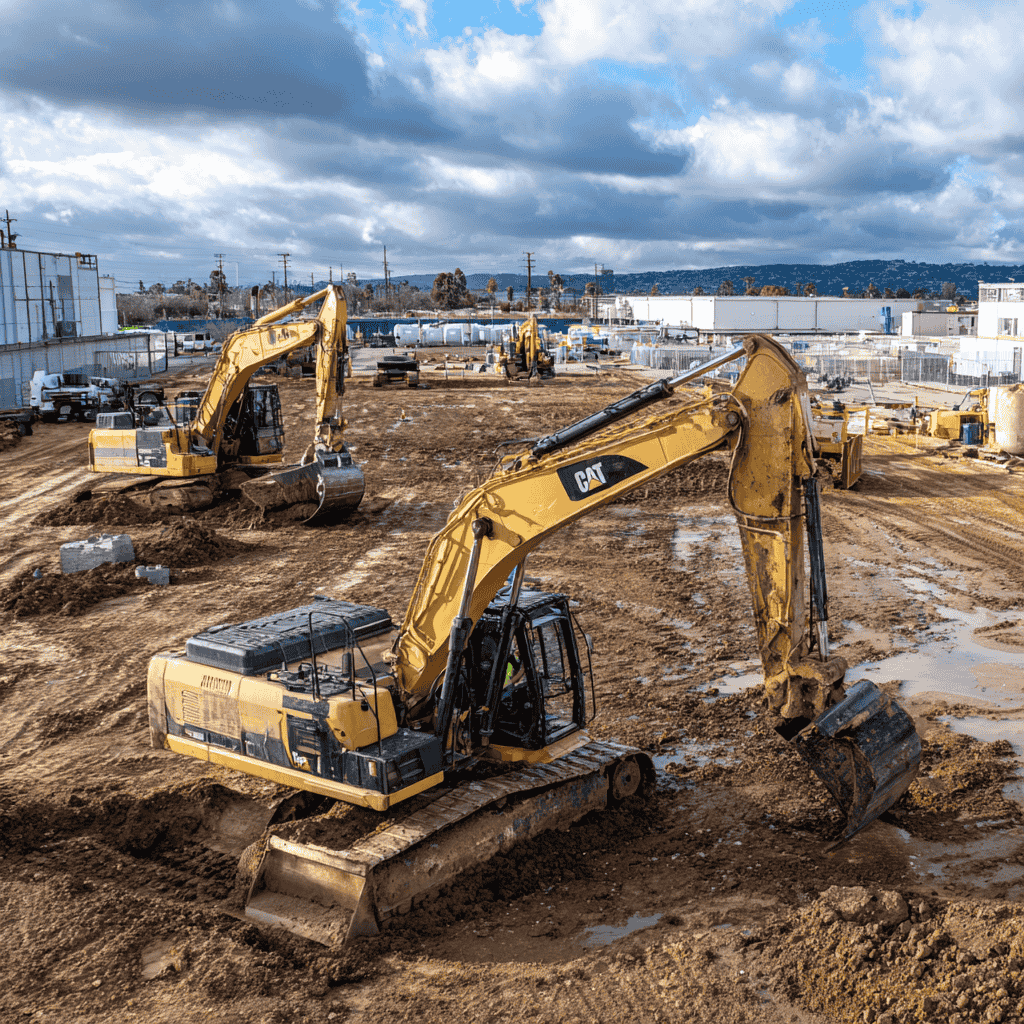


At Dev-Res, smart development starts from the ground up. With deep expertise in land planning and site analysis, we deliver accurate cut and fill solutions that streamline site prep, reduce costs, and keep your project on track, right from day one.
Cut and fill analysis measures the amount of soil to be removed (cut) and the amount to be added (fill) to build the site up to grade. Cut and fill analysis helps in several ways by comparing proposed grade plans to existing conditions. In some cases, cut and fill analysis helps identify where earth must be moved, it avoids wasted cut and fill when moving earth, and it helps you to relocate instead of waste.
Every yard of soil moved impacts your bottom line. If cut and fill earthwork estimates are inaccurate, it is likely to lead to budget overruns, schedule delays, and potentially regulatory issues.
Accurate cut and fill analysis assists with:
At Dev-Res, integration is key. We merge precise cut and fill analysis directly into broader construction planning tools empowering smarter, more efficient project workflows:
At Dev-Res, we help developers dig smart and build smarter. Accurate cut and fill analysis, supported by modern tools and experienced insight, ensures that your project starts stronger and finishes more efficiently. Let’s move dirt with purpose, saving time, money, and stress along the way.
Ready to streamline your next project with precise cut and fill analysis? Contact Dev-Res today for expert insights, accurate data, and smarter development solutions.